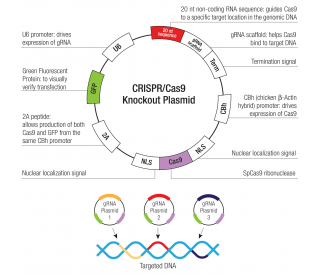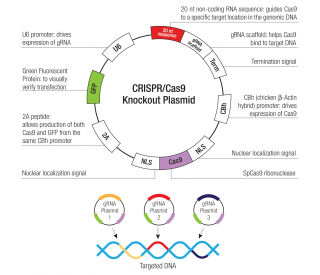详细说明
Species Reactivity
C. botulinum
Specificity
Detects C. botulinum BoNT-B Light Chain in direct ELISAs and Western blots. In direct ELISAs, no cross‑reactivity with recombinant Light Chains of BoNT-A, -C1, -D, -E, -F, or -G is observed.
Source
Monoclonal Mouse IgG 1 Clone # 579631
Purification
Protein A or G purified from hybridoma culture supernatant
Immunogen
E. coli-derived recombinant Clostridium BoNT-B Light Chain
Pro2-His428
Accession # P10844Formulation
Lyophilized from a 0.2 μm filtered solution in PBS with Trehalose. *Small pack size (SP) is supplied as a 0.2 µm filtered solution in PBS.
Label
Unconjugated
Applications
Recommended
ConcentrationSample
Western Blot
1 µg/mL
Recombinant Botulinum Neurotoxin Type B Light Chain (Catalog # )
Please Note: Optimal dilutions should be determined by each laboratory for each application. are available in the Technical Information section on our website.
Preparation and Storage
Reconstitution
Sterile PBS to a final concentration of 0.5 mg/mL.
Shipping
The product is shipped at ambient temperature. Upon receipt, store it immediately at the temperature recommended below. *Small pack size (SP) is shipped with polar packs. Upon receipt, store it immediately at -20 to -70 °C
Stability & Storage
Use a manual defrost freezer and avoid repeated freeze-thaw cycles.
12 months from date of receipt, -20 to -70 °C as supplied.
1 month, 2 to 8 °C under sterile conditions after reconstitution.
6 months, -20 to -70 °C under sterile conditions after reconstitution.
Background: BoNT-B Light Chain
Botulinum Neurotoxin Type B is one of the seven serotypes of Botulinum Neurotoxins (BoNTs) produced by various strains of Clostridium botulinum (1, 2). BoNTs are synthesized as inactive single chain protein precursors and activated by proteolytic cleavage to generate disulfide-linked two-chain proteins. The 50 kDa light chain contains the catalytic domain, whereas the 100 kDa heavy chain contains an internal translocation domain and a receptor binding domain (3). BoNTs are the most potent protein toxins for humans. As zinc proteases, they cleave SNARE proteins to elicit flaccid paralysis in botulism by blocking acetylcholine release at the neuromuscular junction (2-4).
References:
Campbell K.D. et al. (1993) J. Clin. Microbiol. 31:2255.
Montecucco, C. and Giampietro, S. (1993) Trends Biochem. Sci. 18:324.
Turton, K. et al. (2002) Trends Biochem. Sci. 27:552.
Schiavo, G. et al. (2000) Physiol. Rev. 80:717.
Long Name:
Botulinum Neurotoxin Type B Light Chain
Entrez Gene IDs:
6030102 (C. botulinum)
Alternate Names:
BoNTB Light Chain; BoNT-B Light Chain







![Anti-CARD11 antibody [EPR2557] 100µl](https://yunshiji.oss-cn-shenzhen.aliyuncs.com/202407/25/ryuecwsu03m.jpg)
![Anti-CARD11 antibody [EPR2557] 40µl](https://yunshiji.oss-cn-shenzhen.aliyuncs.com/202407/25/0l4lvuuesv1.jpg)

![Anti-Caspase-9 antibody [E23] 100µl](https://yunshiji.oss-cn-shenzhen.aliyuncs.com/202407/25/3jnd4412gqi.jpg)

![Anti-CKS2 antibody [EPR7946(2)] 100µl](https://yunshiji.oss-cn-shenzhen.aliyuncs.com/202407/25/cfdt44gkqre.jpg)



 粤公网安备44196802000105号
粤公网安备44196802000105号